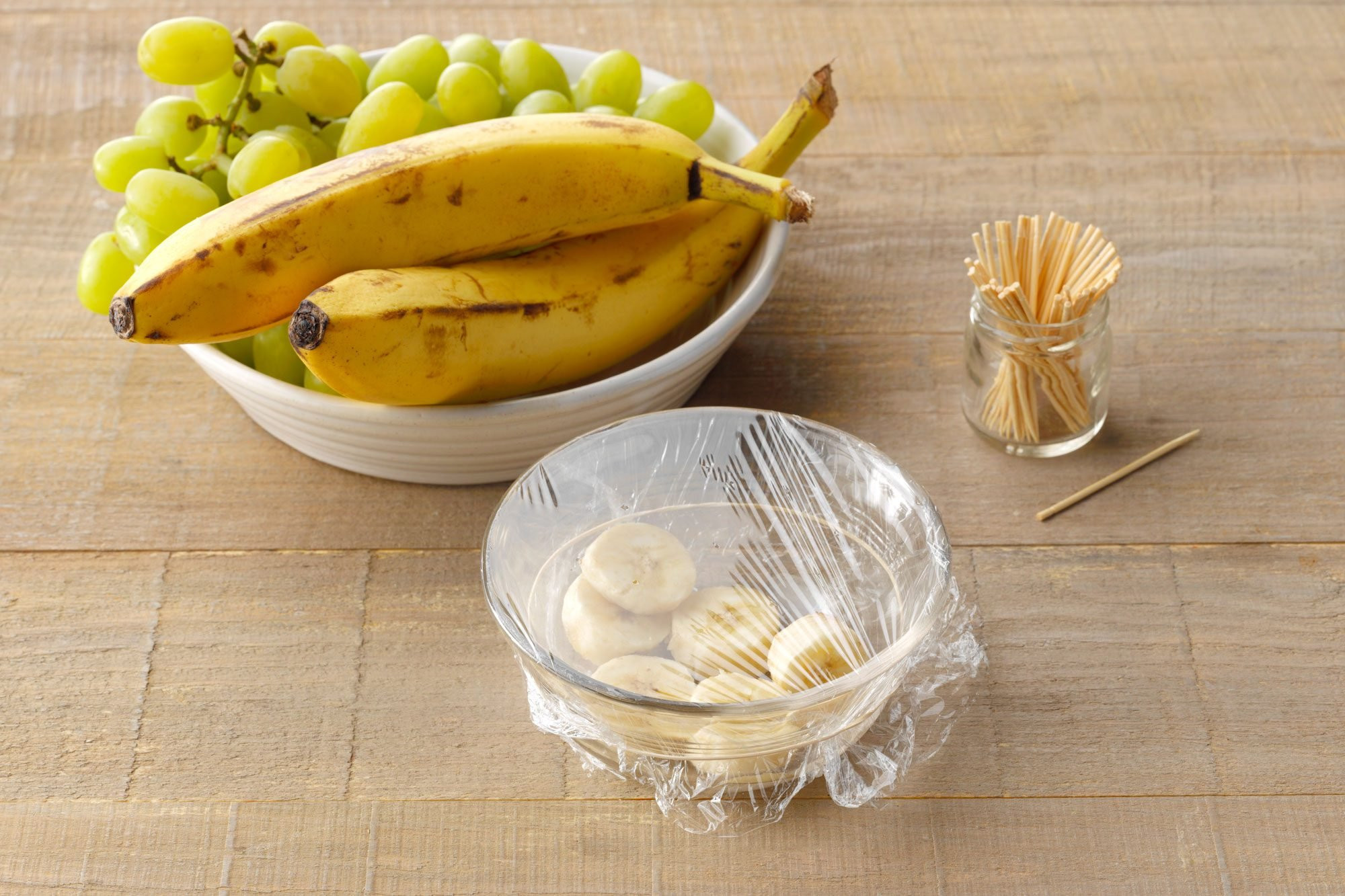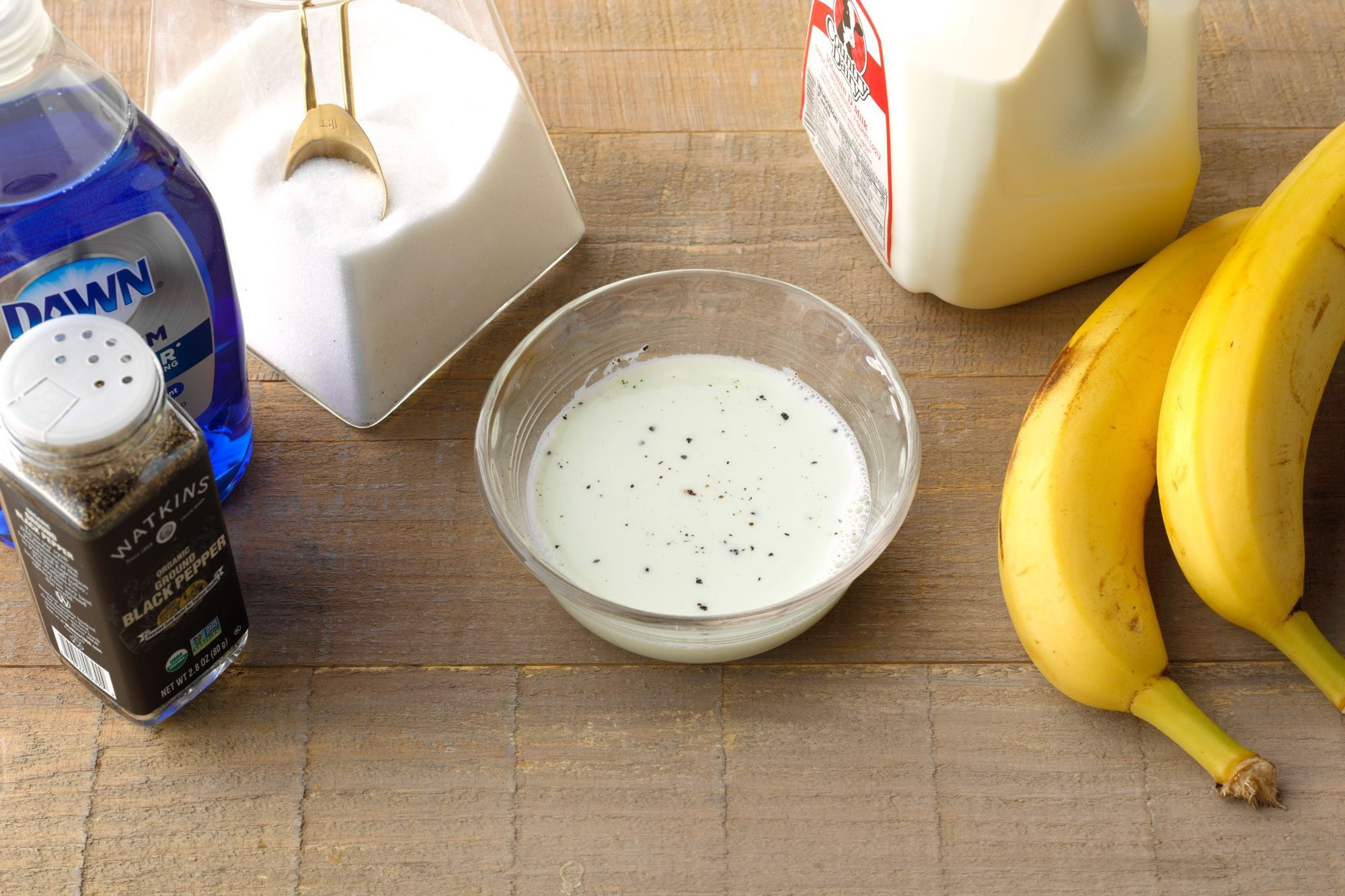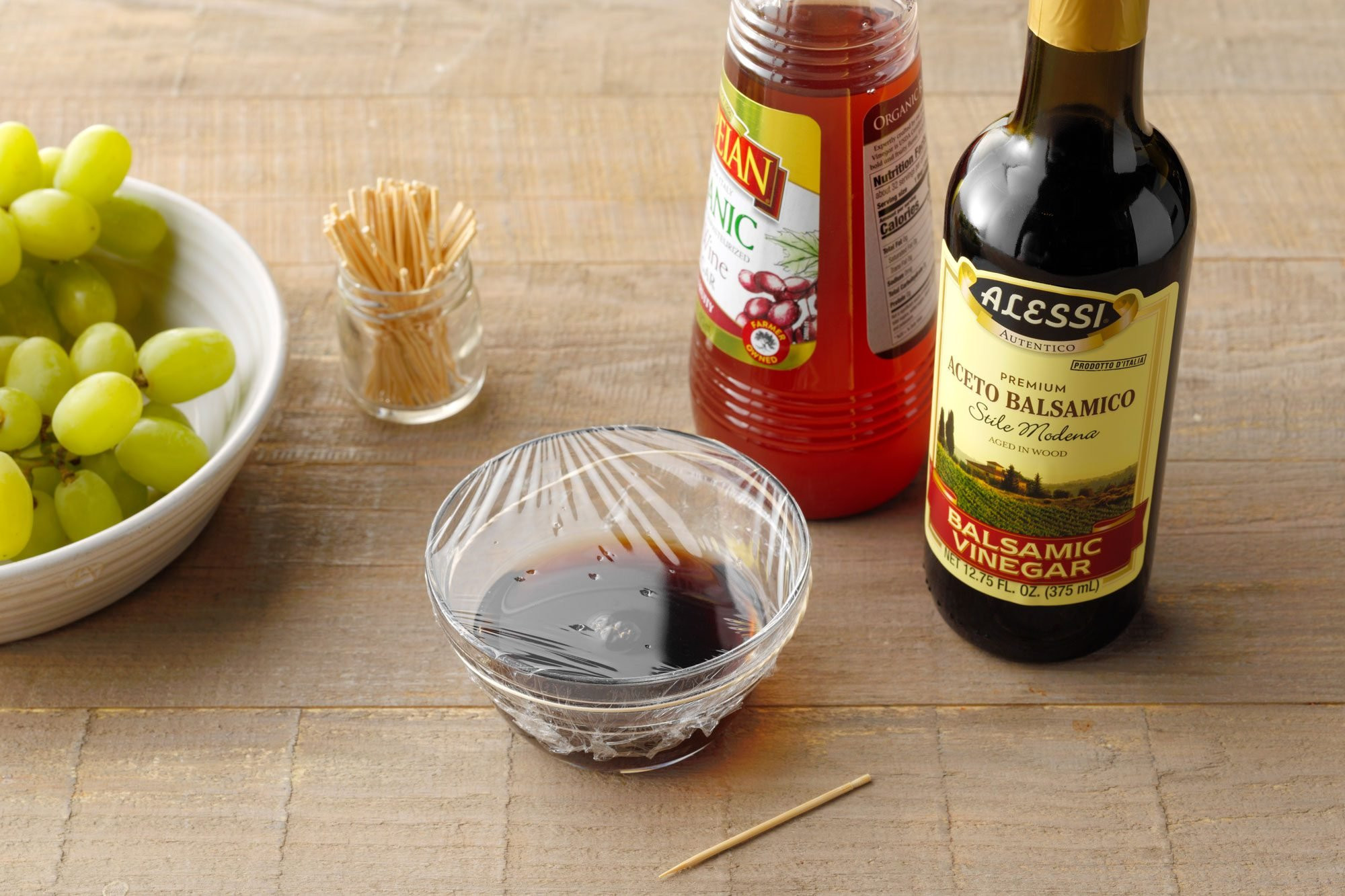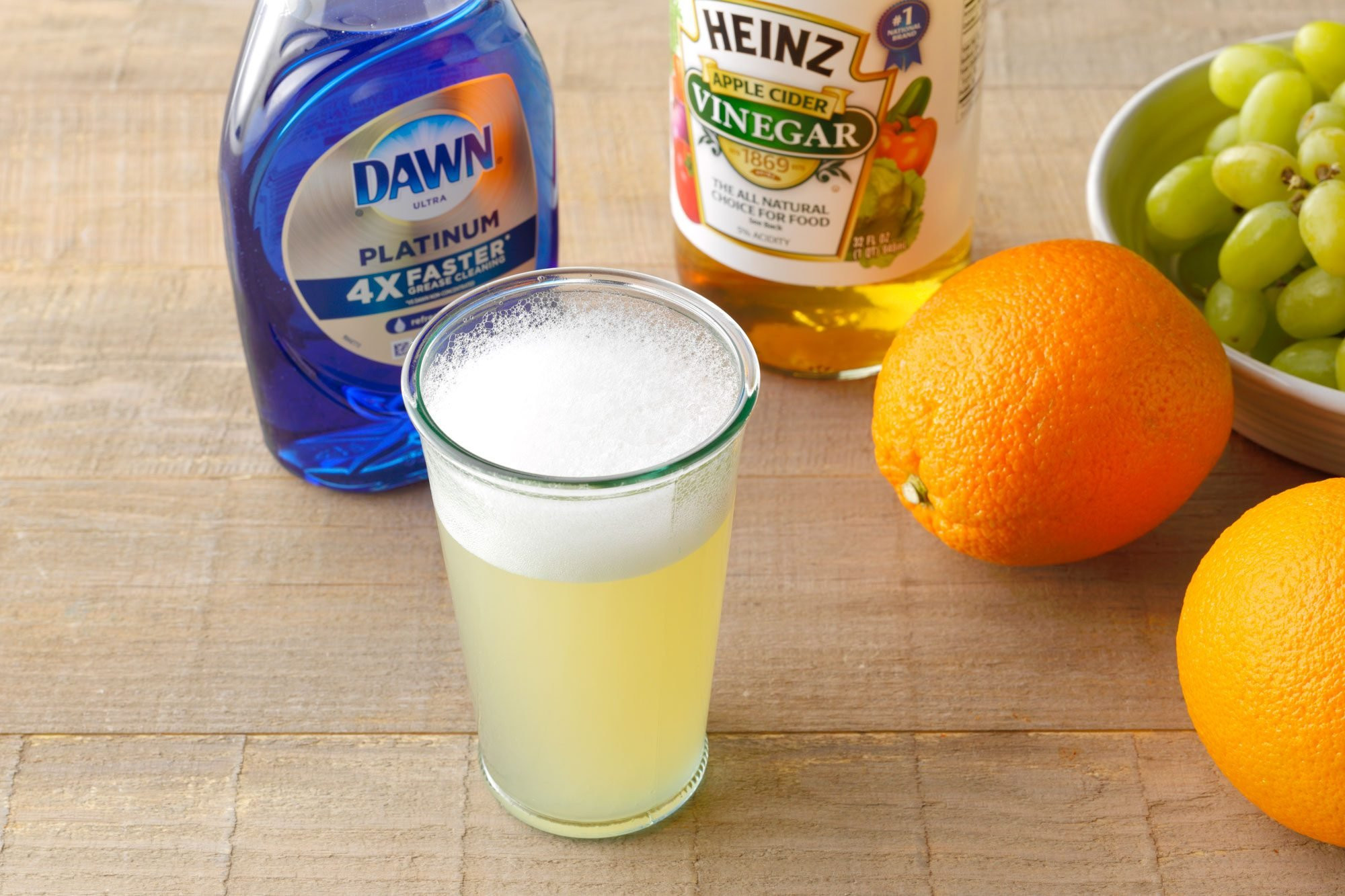Fruit flies. They appear seemingly out of nowhere, buzzing around your fruit bowl and making themselves unwelcome guests in your kitchen. One day you’re enjoying a pristine countertop, and the next, you’re swatting away these tiny pests. Perhaps, like many, you’ve wondered how they even got in. Maybe it was those bananas from the grocery store, or that fruit salad left a little too long on the counter, or perhaps, a neglected compost bin. Regardless of their entry point, the immediate thought is always the same: how to get rid of fruit flies, and fast.
Like many homeowners battling these miniature menaces, the search for a quick solution led to the internet. A simple search for “homemade fruit fly traps” reveals a plethora of DIY remedies, often using items you already have at home. To find the most effective solution, we put some of the most popular methods to the test, focusing on ease of creation and, most importantly, their success in capturing those pesky fruit flies.
Understanding Fruit Flies and Why They’re in Your Home
Before diving into trap creation, it’s helpful to understand what attracts fruit flies in the first place. As their name suggests, fruit flies are drawn to ripe and fermenting fruits and vegetables. The surprising part for many is often how they initially enter your home. More often than not, fruit flies hitch a ride on produce you bring in from the grocery store. Their eggs or larvae can be present on fruits and vegetables, and once inside your warm kitchen, they quickly mature and multiply.
Once they’ve established a foothold, fruit flies are incredibly prolific breeders. Females can lay up to 500 eggs at a time, often on the surface of ripening or rotting produce. These eggs can hatch within a week, leading to a rapid infestation if left unchecked. Simply discarding infested fruit isn’t always enough. Fruit flies can continue to breed in garbage disposals, drains, and even trash bags. Promptly removing overripe produce and cleaning potential breeding grounds is crucial to prevent a full-blown fruit fly problem.
Testing 5 DIY Fruit Fly Trap Methods
To determine the most effective homemade fruit fly trap, we tested five different recipes, all using common household ingredients. The traps were placed in a pantry area where fruit flies were most active, near vinegar bottles, and left for approximately 12 hours to see which would yield the best results. Here’s a breakdown of each trap and its performance.
Trap 1: The Rotten Fruit Bowl Trap
 rotten fruit trap method. bowl of rotten banana slices in a bowl covered with plastic wrap that has had toothpick holes poked into it. wood surface background with bananas and grapes nearby.
rotten fruit trap method. bowl of rotten banana slices in a bowl covered with plastic wrap that has had toothpick holes poked into it. wood surface background with bananas and grapes nearby.
Potential Benefits: This method is extremely inexpensive, utilizes fruit flies’ natural attraction to rotting fruit, and repurposes overripe produce that would otherwise be thrown away.
Materials Needed:
- Overripe or rotten fruit (banana, apple, etc.)
- Bowl
- Plastic wrap
- Rubber band
- Toothpick
Instructions:
- Place chopped rotten fruit in the bowl.
- Cover the bowl tightly with plastic wrap, securing it with a rubber band around the rim.
- Use a toothpick to poke several small holes in the plastic wrap. These holes should be large enough for fruit flies to enter but small enough to prevent their escape.
Fruit Flies Captured: 0. Surprisingly, this trap yielded no results. It’s possible the holes were not optimally sized, or the scent, while attractive, didn’t effectively trap the flies.
Trap 2: Milk, Sugar, Dish Soap, and Pepper Mixture
 trap 2 mixture in a bowl with the supplies arranged nearby on a wooden surface
trap 2 mixture in a bowl with the supplies arranged nearby on a wooden surface
Potential Benefits: This trap utilizes common kitchen staples and is a good way to use milk that is nearing its expiration date.
Materials Needed:
- 1/2 cup milk
- 2 teaspoons granulated sugar
- A few drops of dish soap
- Pinch of black pepper
- Bowl
Instructions:
- Combine milk and sugar in a bowl.
- Heat the mixture on the stove or in the microwave until the sugar is dissolved, stirring occasionally.
- Stir in a squirt of dish soap. The dish soap reduces the surface tension of the liquid, trapping fruit flies that land on it.
- Pour the mixture into a bowl.
- Sprinkle black pepper over the surface. The pepper is not essential to the trap’s function but was included in the original recipe.
Fruit Flies Captured: 3. This trap captured a few fruit flies, but monitoring the results was difficult as it was hard to distinguish between pepper specks and trapped flies.
Trap 3: Balsamic Vinegar and Red Wine Vinegar Blend
 trap 3 mixture in a small glass bowl covered with plastic wrap that has holes poked into it. fresh grapes, toothpicks, red wine vinegar bottle, and balsamic vinegar bottle nearby. all on a wooden surface
trap 3 mixture in a small glass bowl covered with plastic wrap that has holes poked into it. fresh grapes, toothpicks, red wine vinegar bottle, and balsamic vinegar bottle nearby. all on a wooden surface
Potential Benefits: This method is quick to assemble and easy to clean up, using the strong attractant of vinegar.
Materials Needed:
- Balsamic vinegar
- Red wine vinegar
- Small bowl
- Plastic wrap
- Rubber band
- Toothpick
Instructions:
- Combine equal parts balsamic and red wine vinegar in a small bowl.
- Cover the bowl tightly with plastic wrap.
- Secure the plastic wrap with a rubber band.
- Poke a few small holes in the plastic wrap, similar to Trap No. 1.
Fruit Flies Captured: 0. Despite fruit flies often being attracted to vinegar, this particular vinegar combination in a covered bowl was ineffective in our test.
Trap 4: Dish Soap, Apple Cider Vinegar, and Hot Water – The Winner!
 sudsy trap 4 mixture in a glass with dawn dish soap, apple cider vinegar bottle, and fresh fruit nearby on a wooden surface.
sudsy trap 4 mixture in a glass with dawn dish soap, apple cider vinegar bottle, and fresh fruit nearby on a wooden surface.
Potential Benefits: This trap is fast to set up, uses readily available household items, and is easy to clean. Apple cider vinegar is a known fruit fly attractant, and dish soap acts as a trapping agent.
Materials Needed:
- Dish soap
- Apple cider vinegar
- Glass or jar
- Hot water
Instructions:
- Pour a small amount of dish soap into a glass.
- Add apple cider vinegar until the glass is about one-third full.
- Carefully add hot tap water to the glass, allowing it to create a layer of bubbles on top. The bubbles help trap the flies once they land on the surface.
Fruit Flies Captured: 18! This trap was by far the most successful. The combination of apple cider vinegar and dish soap in hot water proved highly effective in attracting and trapping fruit flies. Flies that had been hovering around the other traps quickly moved to this one.
Trap 5: Beer and Rotten Banana Jar Trap
 trap 5 set up in a glass jar with toothpicks, bottle of beer, and fresh fruit nearby on wooden surface
trap 5 set up in a glass jar with toothpicks, bottle of beer, and fresh fruit nearby on wooden surface
Potential Benefits: This trap repurposes rotten fruit and offers a use for beer you might not enjoy drinking.
Materials Needed:
- Rotten banana piece
- Jar
- Beer
- Cone-shaped coffee filter
- Toothpick
Instructions:
- Place a piece of rotten banana in the bottom of the jar.
- Pour in enough beer to partially cover the banana.
- Take a cone-shaped coffee filter and poke a small hole in the pointed bottom.
- Place the coffee filter in the jar opening, cone-side down, folding the edges over the jar rim to secure it. This creates a funnel, allowing flies in but making it harder to escape.
Fruit Flies Captured: 3 dead, 5 alive. While this trap did capture some flies, it wasn’t as effective as the apple cider vinegar and dish soap trap. Many flies were still alive inside the jar, suggesting it was more of an attractant than a definitive trap.
Results and Refining the Winning Trap
Trap No. 4, the dish soap and apple cider vinegar trap, emerged as the clear winner in our test. Its high capture rate made it the most effective method for quickly reducing fruit fly populations. The visual confirmation of increasing numbers of trapped flies was certainly satisfying!
To further optimize the winning trap, some adjustments can be made. Using a pint glass instead of a smaller juice glass allows for a larger surface area and longer-lasting bubble layer, reducing the need to refresh the trap frequently. Additionally, using raw, unfiltered apple cider vinegar, which contains fermented apple particles, may enhance its effectiveness compared to clear, filtered apple cider vinegar.
Preventing Future Fruit Fly Infestations
While traps are effective for dealing with existing fruit flies, prevention is key to avoiding future infestations. The simplest preventative measure is to manage ripe fruits and vegetables effectively. Consume ripe produce promptly, or store it in the refrigerator to slow down ripening and deter fruit flies. When discarding overripe or inedible produce, take out the trash immediately to eliminate potential breeding grounds.
By understanding fruit fly behavior and utilizing these simple DIY trap methods, you can effectively manage and prevent fruit fly infestations, keeping your kitchen pest-free. If pantry pests are a recurring issue, further preventative measures for pantry bugs can also be explored.